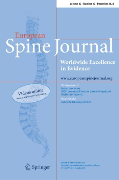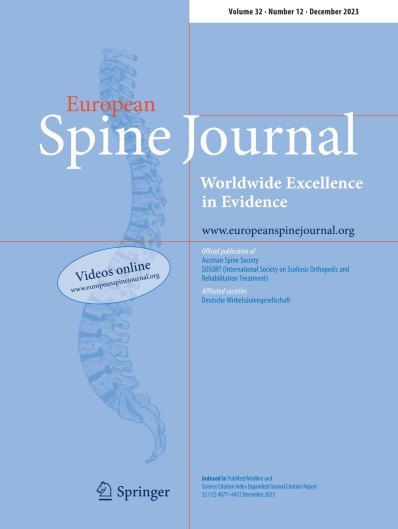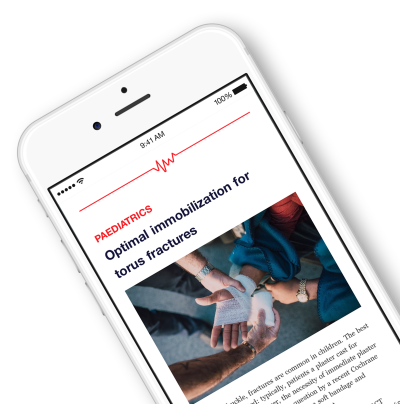
Analgesics have no effect on functional outcome in CLBP patients .
This report has been verified
by one or more authors of the
original publication.
Do analgesics improve functioning in patients with chronic low back pain? An explorative triple-blinded RCT
Eur Spine J. 2014 Apr;23(4):800-650 patients suffering from chronic low back pain were randomized to investigate the effect of acetaminophen and tramadol in achieving favorable outcomes of function, self-reported disability, and pain relief in patients, when compared to a placebo administered over 2 weeks. The evidence presented in this study suggested that the use of acetaminophen and tramadol did not produce significant improvements in functional capacity or self-reported disability when compared to placebo in chronic low back pain patients. Further analysis pertaining to responders observed improved functioning as a result of treatment with analgesics, and responders reported lower catastrophizing scores.
Unlock the Full ACE Report
You have access to 4 more FREE articles this month.
Click below to unlock and view this ACE Reports
Unlock Now
Critical appraisals of the latest, high-impact randomized controlled trials and systematic reviews in orthopaedics
Access to OrthoEvidence podcast content, including collaborations with the Journal of Bone and Joint Surgery, interviews with internationally recognized surgeons, and roundtable discussions on orthopaedic news and topics
Subscription to The Pulse, a twice-weekly evidence-based newsletter designed to help you make better clinical decisions
Exclusive access to original content articles, including in-house systematic reviews, and articles on health research methods and hot orthopaedic topics

































































